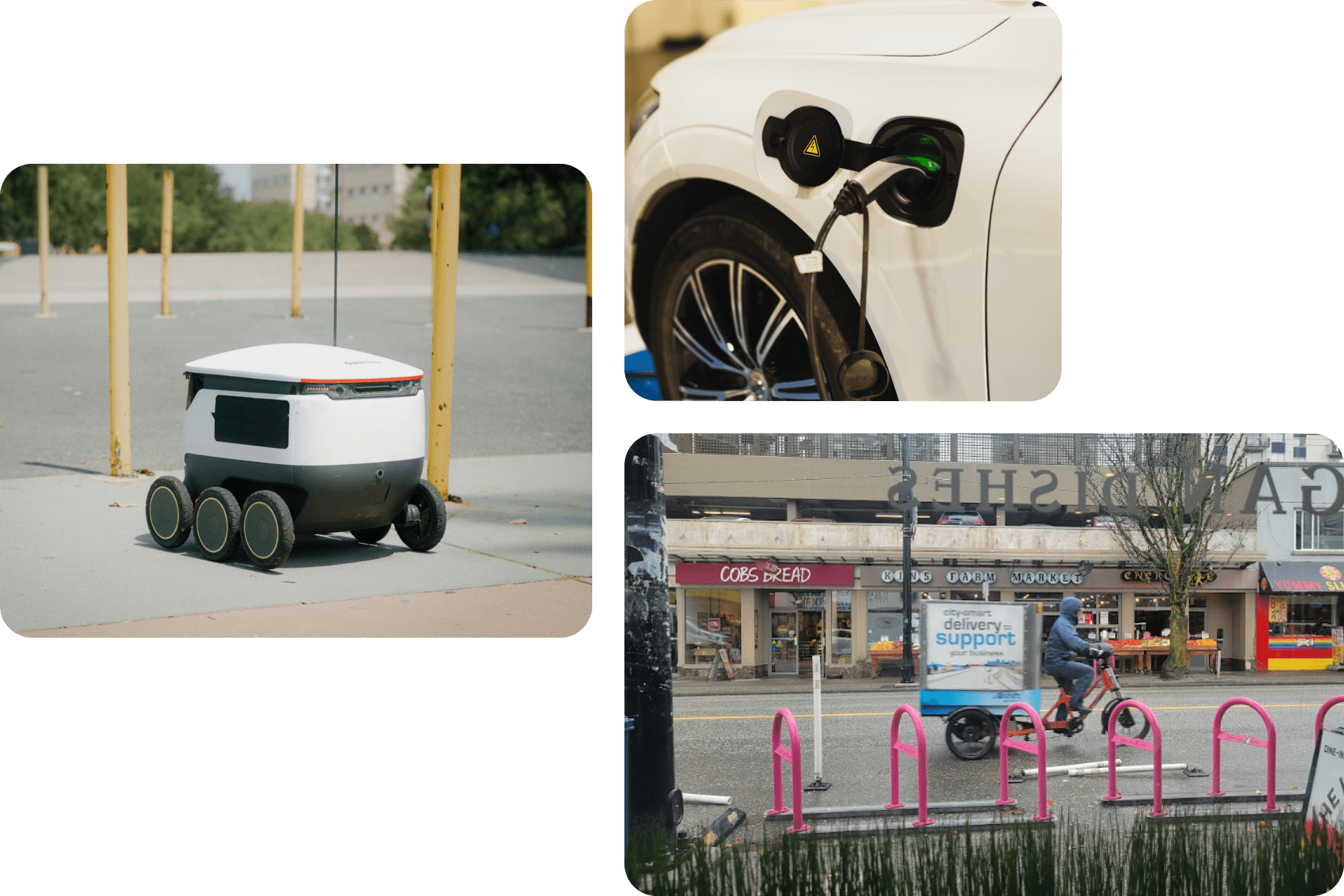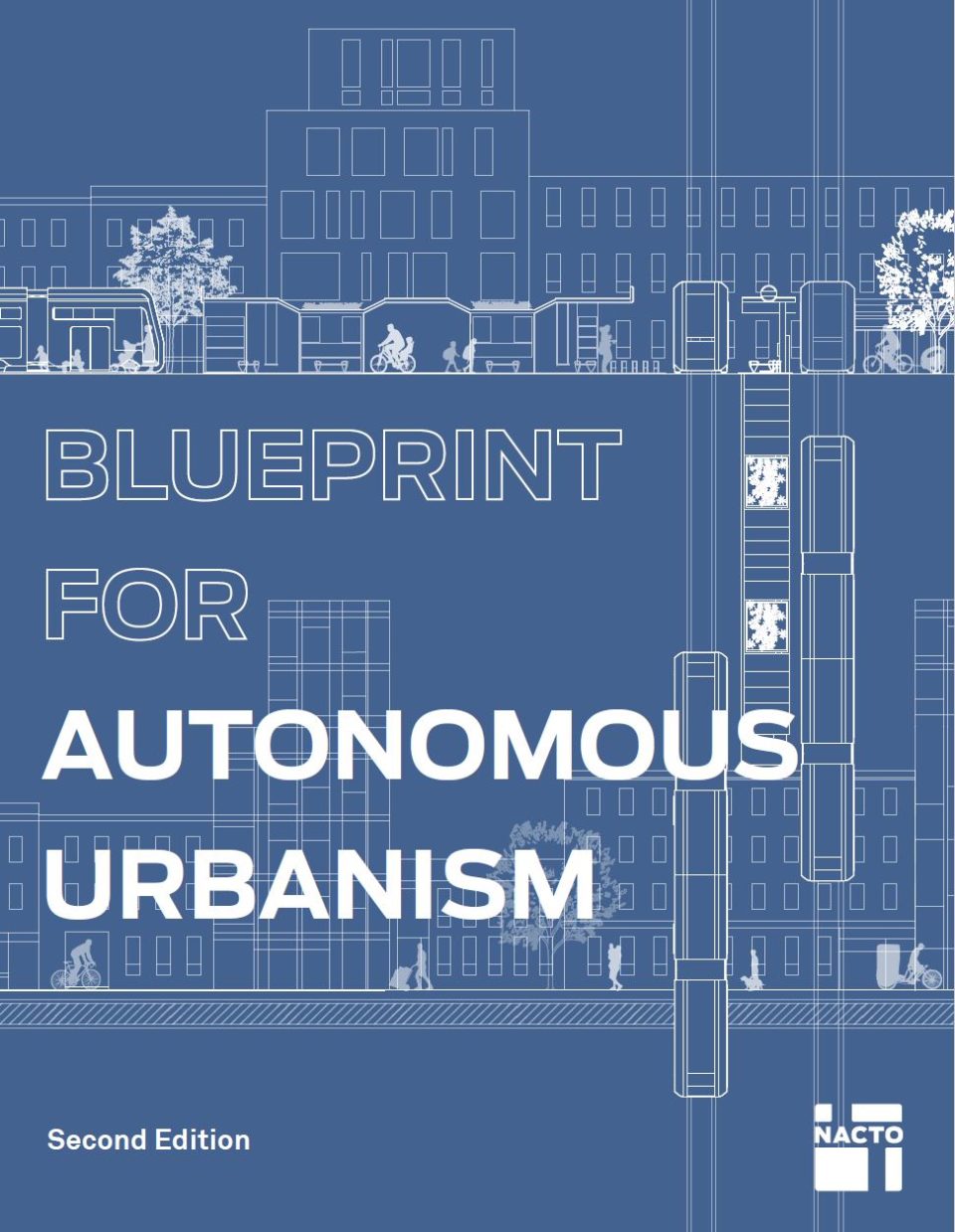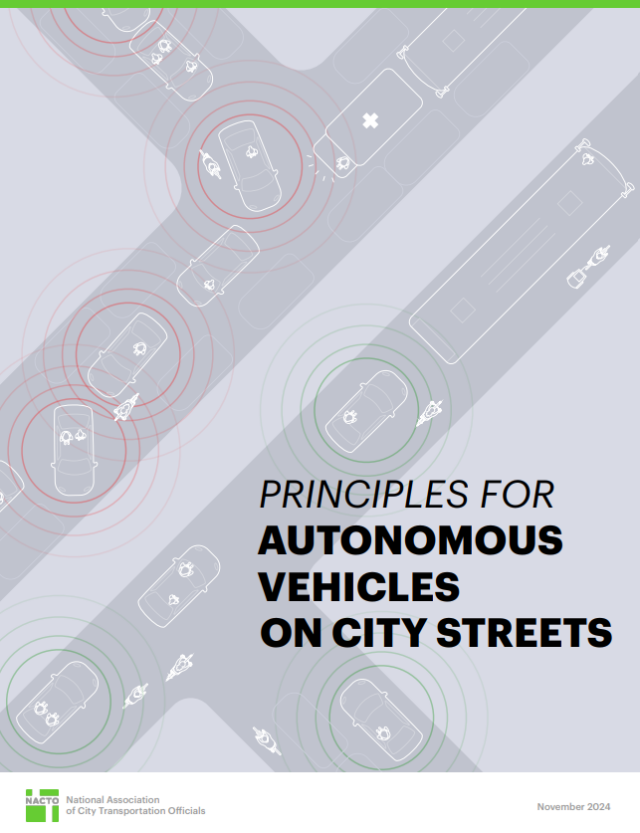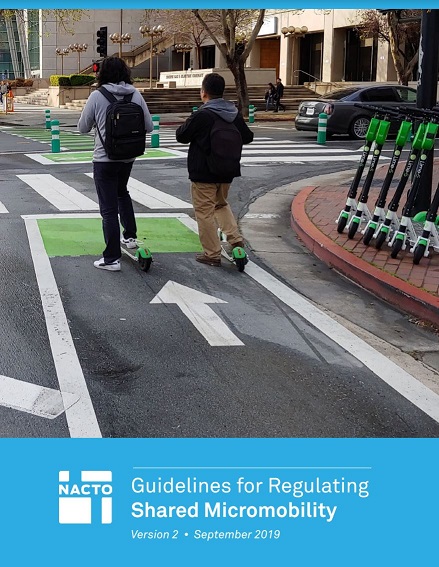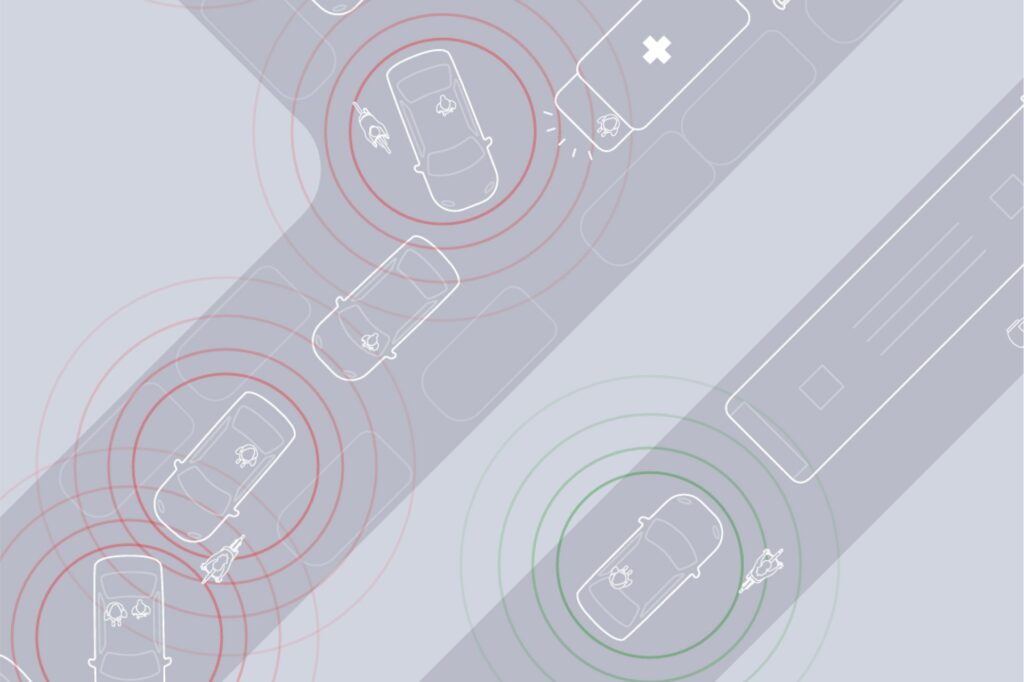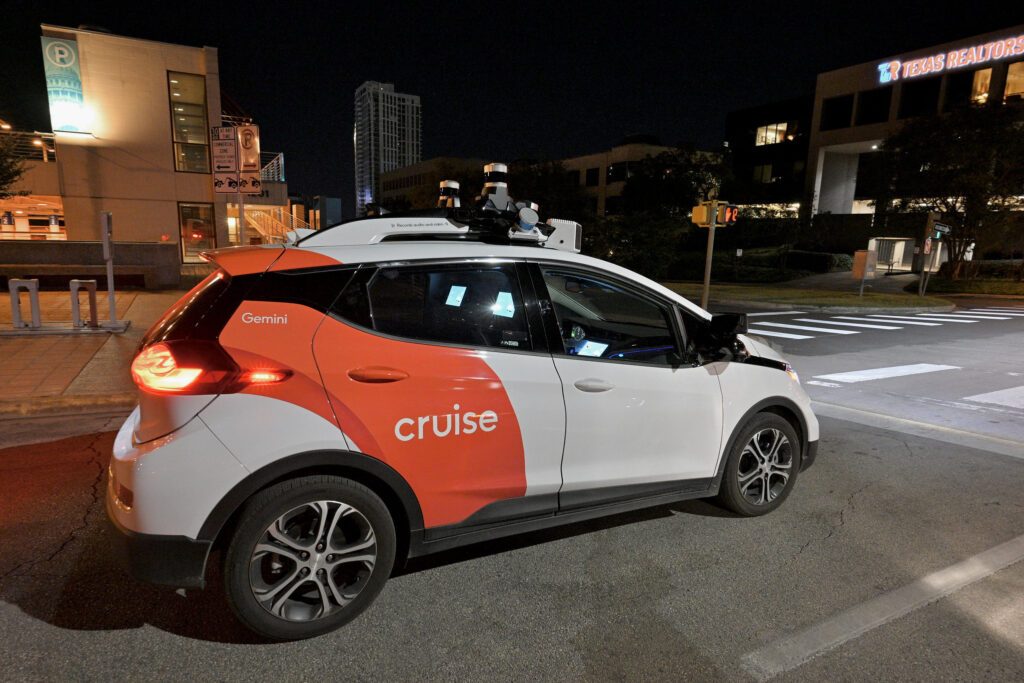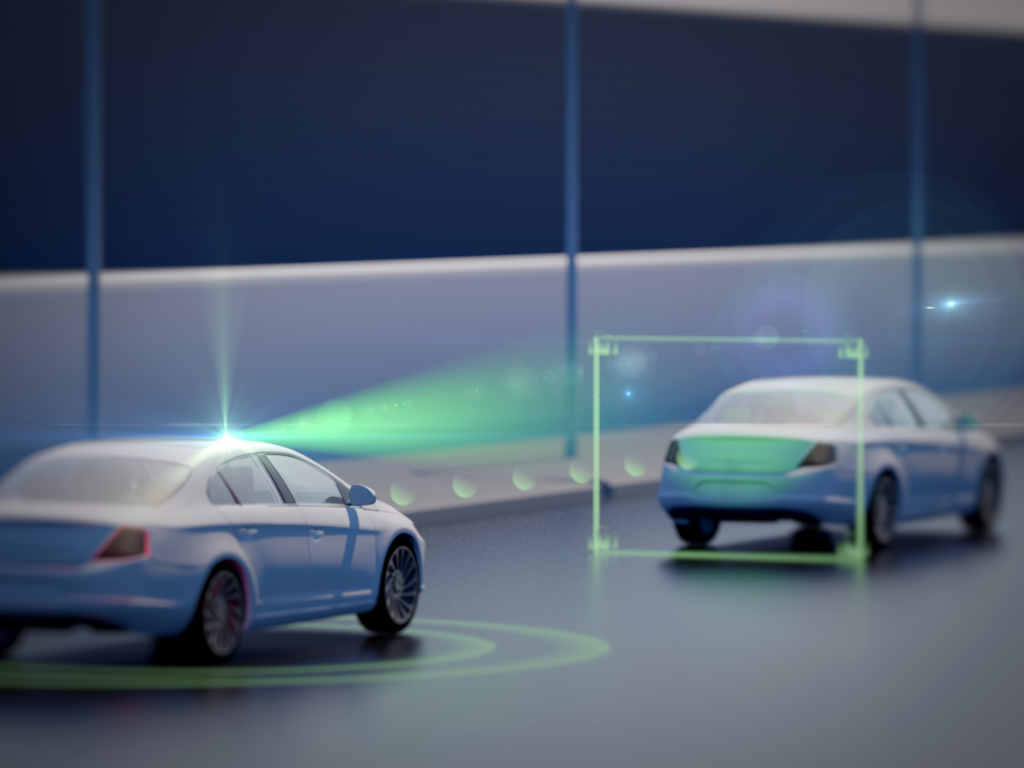From autonomous vehicles to the evolving field of shared micromobility, more and more new technologies in the public right-of-way are adding to opportunities and challenges for cities.
Cities can use their authority to manage their streets to ensure that technological advancements translate into safer, more equitable, and more sustainable transportation systems.
Cities are also turning to new technologies to help manage their existing infrastructure, from tracking assets to changing how traffic signals operate. Through NACTO’s peer discussion groups, local practitioners are advancing best practices for collecting and managing data, reporting to the public, and streamlining business processes.
NACTO’s members share information and ideas through peer network discussions and conference sessions. Together, we collaborate on guidelines that crystallize a vision for the future. We work to answer big questions: What is the status of technology, and where could intentions collide with reality? How can cities leverage the powers at their disposal to positively affect long-term change for their residents?
By keeping local governments in the driver’s seat, cities can ensure the best outcomes for their residents with these new technologies.
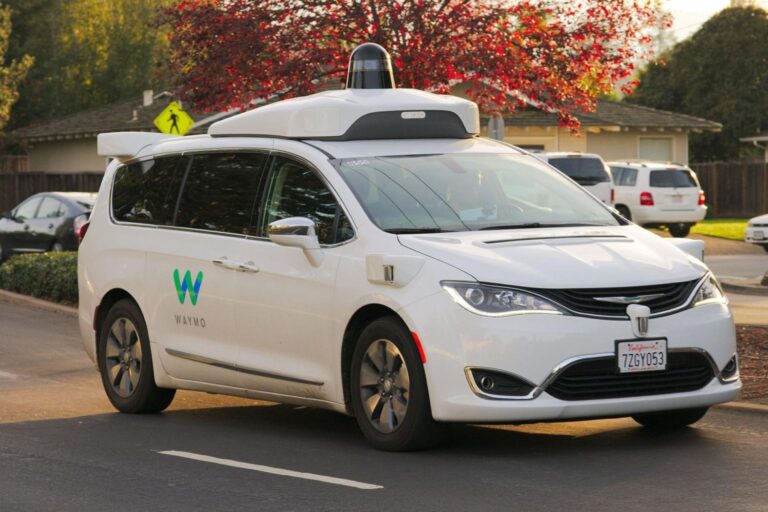
Autonomous Vehicles
NACTO supports an autonomous future that puts people at the core of all decision-making.
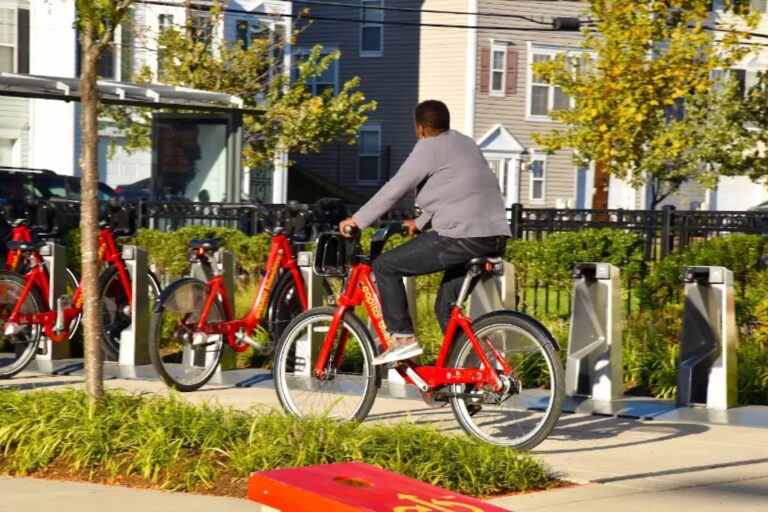
Managing Mobility Data
NACTO’s members collect, protect, and manage mobility data as a public good.
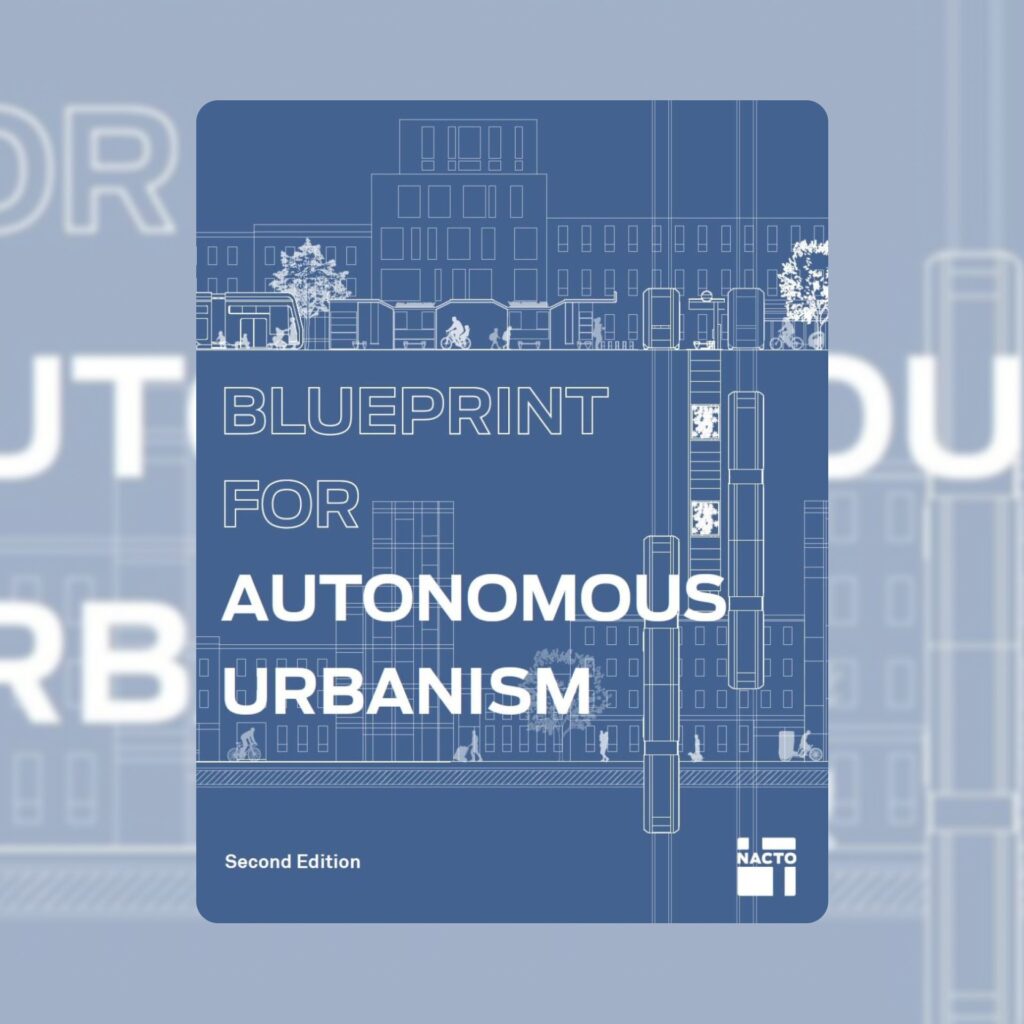
Design Guide
Blueprint for Autonomous Urbanism: Second Edition
The guide focuses on four key policy areas—transit, freight, pricing, and data—that form the bedrock of a sustainable, vibrant, people-focused future.
